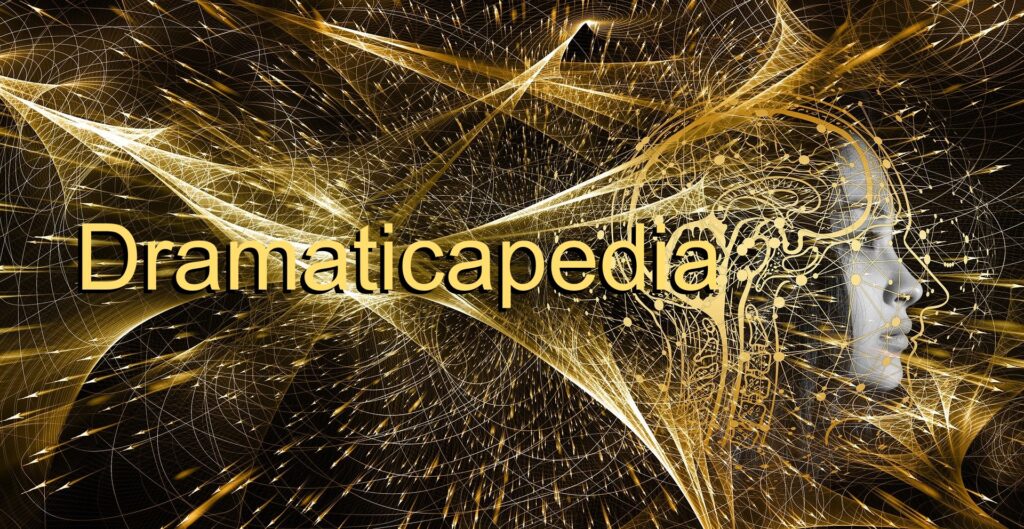
What follows is an excerpt from an early unpublished draft of the book that ultimately became, Dramatica: A New Theory of Story. This section explores the difference between stories that just require effort and those that require choosing the lesser of two evils.
Problems
Without a problem, the Dramatica Model, like the mind it represents, is at rest or Neutral. All of the pieces within the model are balanced and no dramatic potential exists. But when a problem is introduced, that equilibrium becomes unbalanced. We call that imbalance an Inequity. An inequity provides the impetus to drive the story forward and causes the Story Mind to start the problem solving process.
Work Stories and Dilemma Stories
In Dramatica, we differentiate between solvable and unsolvable problems. The solvable problem is, simply, a problem. Whereas an unsolvable problem is called a Dilemma. In stories, as in life, we cannot tell at the beginning whether a problem is solvable or not because we cannot know the future. Only by going through the process of problem solving can we discover if the problem can be solved at all.
If the Problem CAN be solved, though the effort may be difficult or dangerous, and in the end we DO succeed by working at it, we have a Work Story. But if the Problem CAN’T be solved, in the case of a Dilemma, once everything possible has been tried and the Problem still remains, we have a Dilemma Story.
Read the entire unpublished draft here.
Read the free online edition of Dramatica – A New Theory of Story in its final form.
Get a paperback of the published version for easy reference on Amazon.

